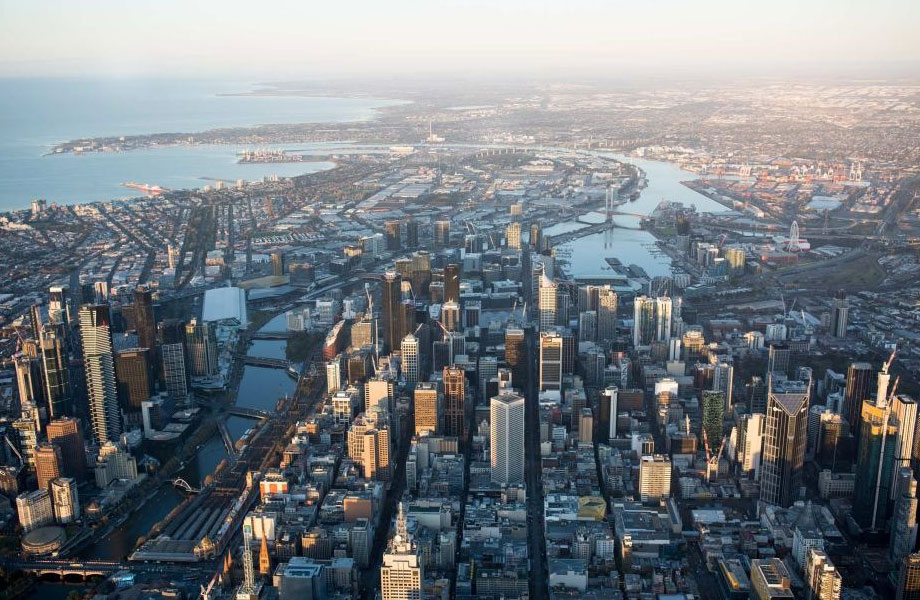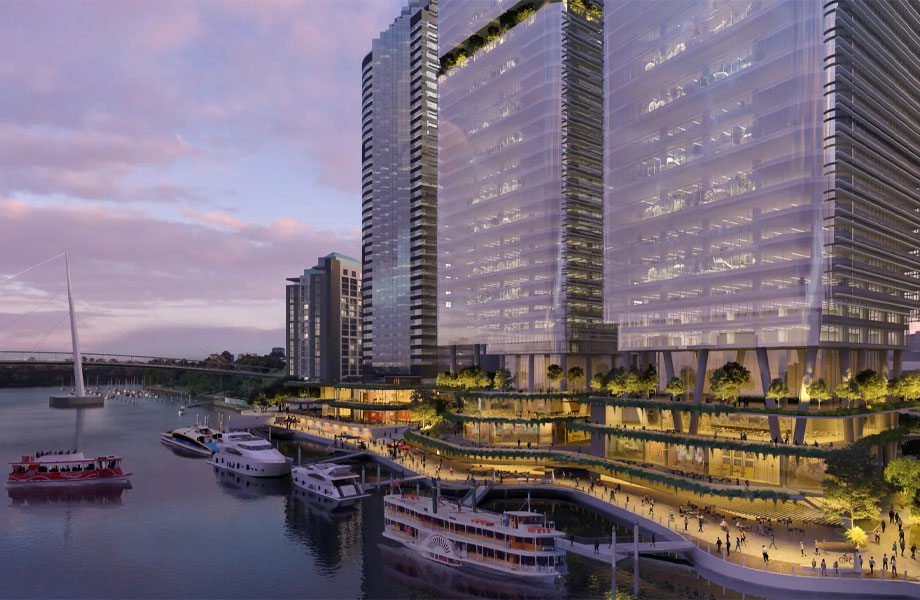We cannot resume publishing for the year without first acknowledging the unprecedented and deadly bushfires that have ravaged the country.
While it is still too early to predict the economic impact of the bushfires, early estimates on insurance losses are closing in on half a billion-dollars and likely to continue to rise, according to the Insurance Council.
The negative fiscal cost on agricultural production and food prices, business sentiment and the tourism industry will be significant, while the length and health impact of the smoke appears to be unprecedented.
Moody’s Analytics economist Katrina Ell said that the risk of broader macroeconomic spillovers this season are high given the scale of the fires.
“Odds were already high that the Reserve Bank will cut interest rates at its next meeting, in February, to bring the cash rate to 0.5 per cent.
“The fires increase those odds.”
Reserve Bank governor Philip Lowe has come under increasing pressure not to cut interest rates further when the Reserve Bank meets in early February.
Related: Our Buildings Aren’t Made to Keep Out Bushfire Smoke. Here’s What You Can Do
Quick refresh: Property, markets and the built environment

We returned to our desks in 2019 to the fall-out from the sudden, pre-Christmas evacuation of the Opal Tower, an ominous start to a year for an industry facing considerable uncertainty in residential prices and the yet-to-be handed down final report from the banking royal commission.
And with news Opal residents have been given the all-clear to return before Christmas, the saga bookended a huge year in property.
Low interest rates and the loosening of banks’ lending policies bolstered property markets, with residential markets ending the year on a high, surging 4 per cent over the last quarter—the fastest growth in more than 10 years.
The commercial real estate market capital growth cycle looks to have peaked, with research indicating that yields should remain stable into the new year as low interest rates and positive—albeit sluggish—economic growth maintains demand for Australian commercial real estate.
Related: Has This Been One of the Most Defining Years for Property Since the GFC?

In development news, Dexus finally struck a deal with the Queensland government for its $2.1 billion redevelopment plans for Brisbane’s Eagle Street Pier. In Brisbane's inner north, Geon Property is set to kick-off work on its $750 million Albion Exchange project, after winning approval for the first stage.
Mirvac ended 2019 with the $200 million acquisition of Chinese developer’s Nuway Wy’s 7-23 Spencer Street site in Melbourne.
Elsewhere, Victoria has continued to refine its shortlist of development bidders for Melbourne’s Treasury Square urban regeneration project on the VicTrack site, with up to 130,000sq m of prized commercial space up for grabs. The tender is expected to be finalised by mid-2020.
In Sydney, Lendlease moved a 25 per cent interest in its $1.2 billion Victoria Cross over-station development tower in North Sydney to its Australian Prime Property Fund. The 40-storey office building is set to add 58,000sq m of commercial space to Sydney’s rapidly-transforming second CBD.
Meanwhile, the government’s Clean Energy Finance Corporation launched a new green home loan worth up to $60 million that will offer borrowers a 0.4 per cent discount on their home finance.














